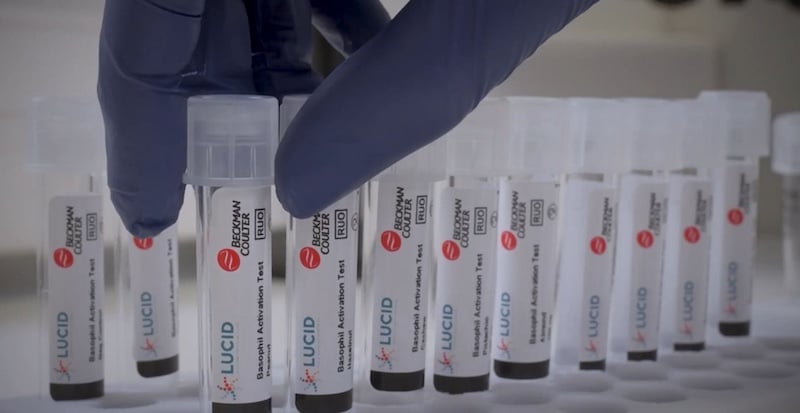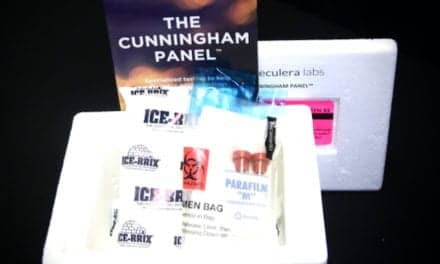One-Sentence Summary:
Beckman Coulter Life Sciences has launched a next-generation Basophil Activation Test (BAT) for research use, offering a safer, non-invasive alternative to traditional oral food challenges for allergy testing.
Three Brief Takeaways:
- The new BAT eliminates the risk of anaphylaxis by testing allergens via blood samples rather than direct exposure.
- It offers a faster, more ethical, and standardized method using dry technology and minimal lab steps.
- Supported by a $1M FARE Innovation Award, the test paves the way for expanded food allergy research and drug development.
Beckman Coulter Life Sciences, a global provider of laboratory automation and innovation, introduces the Next-Generation Basophil Activation Test (BAT) for research use only to more effectively characterize food allergies without exposure to potentially harmful allergens.
Basophil Activation Test Eliminates Anaphylaxis Risk
Approximately 220 million people globally suffer from at least one food allergy. Most food allergies and treatment efficacies are currently determined through a dated and rigorous oral food challenge (OFC), exposing a patient to gradual amounts of foods to determine if they have a reaction, which could include anaphylaxis in some situations. The new Basophil Activation Test eliminates that risk, testing for multiple allergens at once through a blood draw–saving hours of food testing and exposure to potentially harmful reactions.
“This offers a groundbreaking alternative in allergy testing, removing patient obstacles and reducing ethical concerns associated with direct allergen exposure in vulnerable participants,” says Jean-Marc Busnel, PhD, principal investigator and senior staff research scientist. “For too long these concerns have limited critical advancements, putting people at risk of not having access to life-saving treatment options should an allergic reaction occur. By removing these barriers, this test unlocks an opportunity to finally expand food allergy drug development and research. This reinforces our mission at Beckman Coulter Life Sciences to deliver tools that empower clinicians and improve patient outcomes.”
Award Funds Further Development of Improved Food Allergy Testing
The innovation follows the FARE (Food Allergy Research and Education) Innovation Award Diagnostic Challenge which Beckman Coulter Life Sciences received in 2022. The $1 million award helps foster the development of improved testing methods in the field of food allergies.
“At FARE, we have prioritized supporting the development of safer alternatives to oral food challenges that can expose patients to risk and induce anxiety,” said Sung Poblete, PhD, RN, CEO of FARE. “The introduction of this next-generation Basophil Activation Test marks a significant advancement, moving diagnostic innovation from the bench toward future clinical application, paving the way for safer, more accessible food allergy research while offering the opportunity to stimulate progress and we are excited about the promise it holds for research and development.”
Basophil Activation Tests Are Functional Assays
BAT are functional assays measuring basophil activation in response to specific allergens or other stimuli.
By leveraging dry technology to overcome traditional BAT challenges, standardization is enabled with conjugated antibodies and allergens pre-mixed and dried down together in a single tube with only 4 pipetting steps. Negative and positive controls can also be included, all without the need for compensation or centrifugation, and is compatible with any flow cytometer.
While the Basophil Activation Test has been around for more than 30 years and provides valuable insights in the study of allergies, its adoption has been limited due to the perceived complexity and lack of reproducibility associated with the assay. The use of dry reagents can support overcoming those challenges.
Featured Image: Beckman Coulter’s Next-Generation Basophil Activation Test more effectively characterize food allergies without exposure to potentially harmful allergens. Image: Beckman Coulter
For Research Use Only. Not for use in diagnostic procedures.





